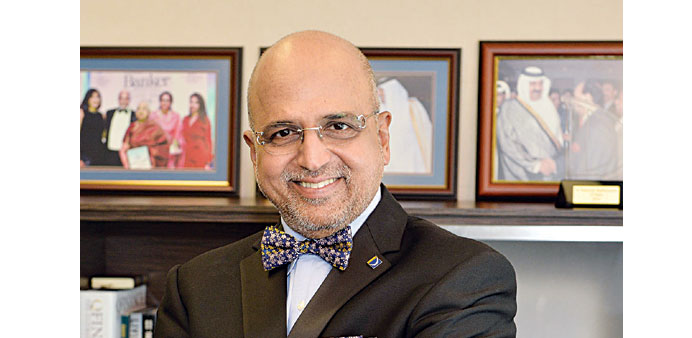By Dr R Seetharaman
China’s economy grew an annual 6.9% in the third quarter of 2015 and the country’s inflation was recorded at 1.5% in November of 2015. China’s industrial production grew at 6.2%, which is at a faster-than-expected pace in November 2015, which indicated that efforts to boost growth in the world’s second-largest economy may be starting to bear fruit.
China’s yuan weakened against the dollar after the central bank guided the currency lower after US interest rates rose for the first time in nearly a decade. The spot market closed at 6.4811 against the US dollar by end of last week and had fallen by 4.44% year to-date (YTD). China’s central bank signalled its intention to change the way it manages the yuan’s value by potentially easing its loose peg to the US dollar and instead letting it track the currencies of its broader trading partners.
China accounts for more than 10% of global trade and remains the single biggest contributor to global growth. The country’s capital market had surged by more than 10% YTD on account of various easing measures brought by China Central Bank despite the slowdown. China had bond issues worth more than $842bn in the first nine months of 2015 as against $699bn in same time previous year.
The Gross Domestic Product (GDP) in Russia contracted 4.30% in the third quarter of 2015 over the same quarter of the previous year. The inflation is over 15% mainly due to rouble’s sharp devaluation and Russia’s ban on European foods.
The Rouble had closed by 70.75 against the dollar by the end of last week and had fallen by more than 16% YTD. Russia’s capital market has been flat YTD. Bond issues in the country was more than 23bn in the first nine months of this year — it was more than $19bn in same time previous year. This month, the Russian Central Bank left the key interest rate at 11%, citing “growing inflation risks while the risks of economic cooling remain”. The bank believed that inflation, currently high at 15% although it has trended downwards, was hopefully heading in the right direction. It predicted annual consumer price growth of 6% by the end of 2016, close to the bank’s target of 4% in 2017.
The Brazilian economy shrank 4.5% year-on-year in the third quarter of 2015, in its sixth consecutive contraction. Consumer prices rose in Brazil more than 1% in the month to mid-December as food prices soared, increasing the chances the central bank will raise interest rates next year despite a deep recession.
The Central Bank of Brazil kept its key interest rate on hold for the third consecutive meeting at 14.25% in November as policymakers struggle to curb rising inflation amid economic contraction.
The Brazil real had closed at 3.9831 against the US dollar and had fallen by more than 49% YTD. Brazil’s real slumped last week after Fitch Ratings became the second agency to cut the country’s debt rating to junk, while the US Federal Reserve decided to raise interest rates for the first time. Brazil capital market had fallen by more than 12% YTD. The bond issues in Brazil was more than $12bn in the first nine months of this year, more than $14bn in same period previous year.
India’s economy grew at an annual rate of 7.4% between July and September 2015. IMF expects the Indian economy to grow 7.3% this fiscal year. India’s consumer price inflation was at 5.41% in November 2015. In December 2015, the Reserve Bank of India had kept the key repo rate unchanged at 6.75% in its fifth bi-monthly monetary policy review.
The cash reserve ratio (CRR) or the amount of deposits banks park with RBI has also been unchanged at 4%. The Indian rupee was at 66.4037 against the dollar by end of last week and had fallen by more than 5% YTD. India had witnessed bond issues worth more than $53bn in the first nine months of this year, more than $46bn in same period previous year. Indian capital market had fallen by more than 6% YTD.
The fed hiked the rates last week and the emerging economies, many of which had anticipated the fallout from a US rise, generally took the widely expected move in their stride. However, we need to see whether emerging economies are resilient to the Fed’s monetary tightening, especially their bonds, currencies and capital markets.
A Fed-induced strengthening of the US dollar could spell deeper pain for countries such as Russia and Brazil, where firms have borrowed heavily in the US currency. Weaker local currencies make paying dollar debt much tougher.
China, beset by record capital outflows, could be forced to allow a deep depreciation of its currency, the renminbi. If China allows the yuan to weaken further and re-pegs it to a basket of currencies instead of just the dollar, it could end up exporting deflation that might delay or reverse rate hikes globally. On the whole, the resilience of emerging economies to Fed rate hike will be tested in 2016.

Dr R Seetharaman is Group CEO of Doha Bank.


